Solo Bitcoin Miner Strikes Gold with 2.3 Petahash Setup, Earning $350K Against Staggering Odds
Imagine beating the house in a cosmic lottery where the odds are stacked sky-high against you. That’s exactly what happened to a lone Bitcoin miner who, armed with just 2.3 petahashes of computing power, unlocked a full Bitcoin block and walked away with a whopping $349,028 in rewards. This thrilling win underscores the sheer unpredictability and excitement of solo mining in the Bitcoin world, where even underdogs can hit it big.
Solo Bitcoin Miner Defies Odds to Claim Massive Block Reward
In a feat that has the crypto community buzzing, a solo Bitcoin miner pulled off an extraordinary victory by mining a complete block all on their own. This happened on a Thursday, showcasing how persistence and a bit of luck can turn the tables in the high-stakes game of Bitcoin mining. The block was processed through the CKpool mining pool, and the pool’s admin couldn’t hide their excitement, praising the miner for conquering what seemed like impossible probabilities with a modest 2.3 petahashes.
Think of it like this: with that level of hash power, the chances of solving a block daily hover around 1 in 2,800, translating to roughly once every eight years on average. That’s about a 0.004% shot—talk about playing the long game! Data from Mempool Space confirms the miner cracked block 903883, scooping up a subsidy of 3.173 BTC, valued at $349,028 at the time. It’s a reminder that in Bitcoin mining, fortune favors the bold, no matter the rig’s size.
As Bitcoin historian Pete Rizzo put it, this solo miner “beat incredible odds” to make it happen. The image of a solo block being mined, as captured by Mempool Space, has since gone viral, inspiring countless enthusiasts to dream about their own jackpot moments.
The Power Behind Solo Bitcoin Mining Rigs: From Modest to Massive
While we don’t know the exact setup this lucky miner used, it’s likely they relied on a handful of older ASIC models capable of churning out 2.3 petahashes per second. Compare that to hobbyist favorites like the Bitaxe Gamma, FutureBit Apollo BTC, or Canaan Avalon Nano 3, which top out at just a few terahashes per second—still impressive for home setups but far from industrial scale.
On the smaller end, devices like the NerdMiner Pro v2 operate in mere kilohashes per second, making a full block win feel like finding a needle in a galactic haystack. Yet, stories like this prove that solo mining isn’t just for the big players; it’s accessible, if unpredictable.
For those eyeing a steadier shot at success, aiming to mine one Bitcoin block monthly would demand around 166,000 TH/s of hash power. That’s akin to deploying nearly 500 Antminer S21 Hydro units, a setup that could run into millions in costs. It’s a stark contrast to the solo miner’s efficient, low-key approach, highlighting how strategy and timing can outshine sheer firepower in this arena.
Past Solo Bitcoin Mining Wins That Inspired the Community
This isn’t the first time a solo Bitcoin miner has turned heads with a massive payout. Back in February, another independent operator hit paydirt on block 883,181, claiming the 3.125 BTC reward worth over $300,000 then. Speculation swirled that a compact Bitaxe might have been the secret weapon behind that success.
Fast-forward to early June, and yet another solo triumph unfolded with block 899,826, netting $330,000 amid skyrocketing network difficulty—a even rarer gem. These wins drive home a key truth: in solo mining, your hash rate sets the stage, but probability calls the shots. At current difficulty levels as of mid-2024, a 2.3 PH/s setup faces about a 1 in 375,300 chance per block, per tools like SoloChance. It’s pure chance, making each victory a testament to perseverance.
Shifts in Bitcoin Mining Production and Industry Trends
On the flip side, larger Bitcoin mining operations saw a dip in output during June, with key players like Riot Platforms, Cipher Mining, and MARA Holdings reporting lower production. Many chose to scale back strategically in Texas to dodge expensive peak summer energy rates, proving that even giants must adapt to real-world economics.
As we look ahead to 2025, the Bitcoin mining landscape continues to evolve. Network difficulty has climbed steadily, reaching new highs of over 90 trillion as of August 2025, according to recent Blockchain.com data. This makes solo wins even more remarkable, with the total network hash rate surpassing 600 EH/s. Recent Twitter discussions, including posts from influencers like @BitcoinMagazine, highlight surging interest in energy-efficient mining amid global sustainability debates. Popular Google searches, such as “best solo mining hardware 2025” and “Bitcoin mining profitability calculator,” reflect growing curiosity among newcomers, especially with BTC prices stabilizing around $60,000 as of August 20, 2025.
In this dynamic environment, platforms like WEEX exchange stand out for their user-friendly tools that align perfectly with the needs of miners and traders alike. WEEX offers seamless spot and futures trading for Bitcoin, with low fees and robust security features that enhance your overall crypto experience. Whether you’re cashing in mining rewards or diversifying your portfolio, WEEX’s intuitive interface and reliable performance make it a trusted choice, boosting confidence in every transaction.
Solo Bitcoin Mining in the Broader Crypto Ecosystem
These solo mining stories not only captivate but also spark broader conversations about Bitcoin’s resilience. With analogies to gold rushes of old, where individual prospectors struck rich veins against all odds, today’s miners embody that spirit in digital form. Backed by verifiable blockchain data, these events reinforce Bitcoin’s decentralized ethos, where anyone with the right setup—and a dash of luck—can contribute meaningfully.
As the network grows, so does the allure. Recent updates, including a Twitter thread from @ckpooldev celebrating similar small-scale wins in July 2025, show the trend persisting. Official announcements from mining hardware makers emphasize innovations in efficient ASICs, making solo endeavors more viable than ever.
FAQ
What are the odds of solo mining a Bitcoin block with low hash power?
With a setup like 2.3 petahashes, the daily chance is roughly 1 in 2,800, or about 0.004%, based on network difficulty. This means an average of one success every eight years, though luck can strike anytime, as proven by recent wins.
How can I start solo mining Bitcoin at home in 2025?
Begin with affordable hardware like a Bitaxe or FutureBit Apollo, connect to a pool like CKpool, and run mining software. Keep in mind you’ll need stable electricity and patience, as profitability depends on BTC price and energy costs—aim for at least a few terahashes for better odds.
Is solo mining still profitable compared to pool mining?
It can be highly rewarding for jackpot hits, like the $350K win, but pools offer steadier, smaller payouts by sharing resources. Solo mining suits risk-takers, while pools are more reliable for consistent income, especially with 2025’s high difficulty levels.
You may also like
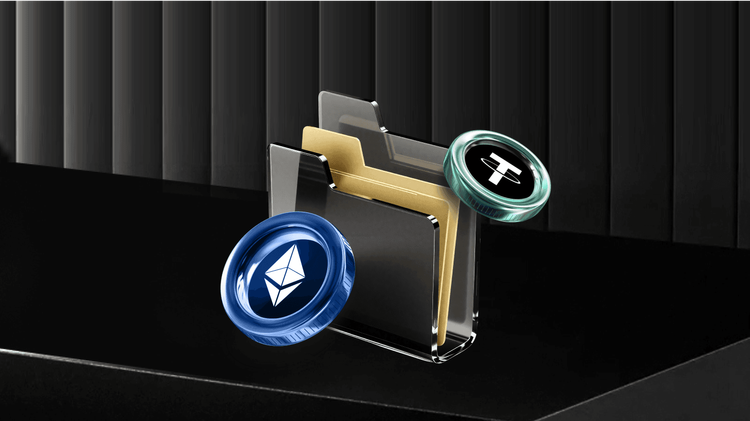
The Year Trump Embraced Cryptocurrency
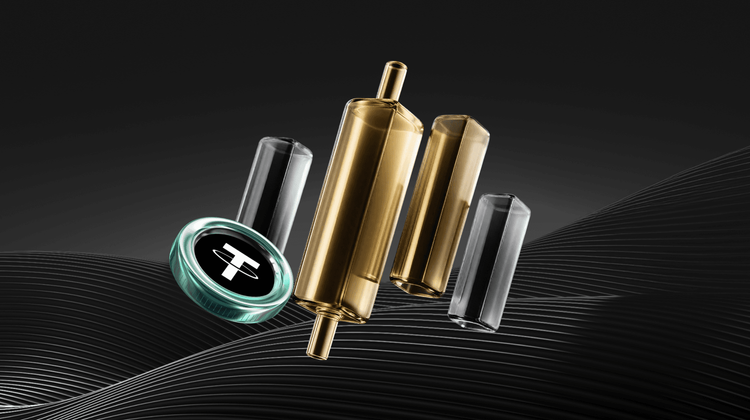
Perpetual Contract Genesis: Pricing Liquidity with a Magic Formula, Transparency Prevents it from Reaching its Full Potential

Can't Beat the Stock Market, Can't Outdo Precious Metals, Is Crypto Really Becoming the Bull Market for "Outsiders"?

Key Market Intelligence on December 30th, how much did you miss out on?

Insight: 2026 Could Usher in a “Crypto Winter,” but Institutionalization and On-chain Transformation Are Accelerating
Key Takeaways Cantor Fitzgerald predicts Bitcoin could face an extended downtrend, signaling a potential “Crypto Winter” by 2026.…

Caixin: Digital RMB Wallet Balances to Begin Earning Interest in 2026
Key Takeaways: Starting January 1, 2026, digital RMB wallets will earn interest on balances. The operational structure will…
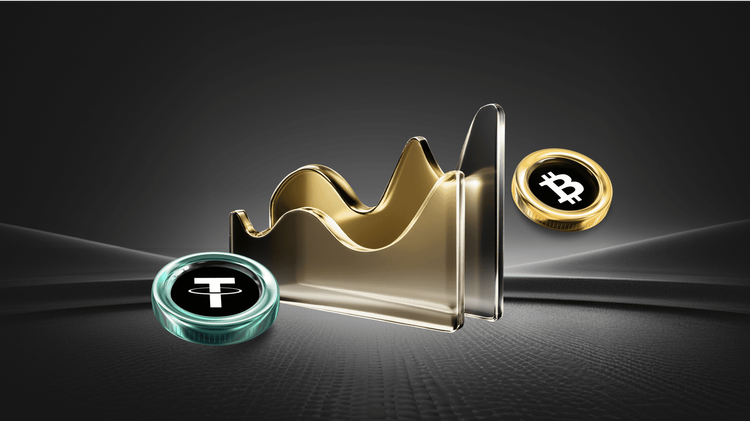
Cryptocurrency Trends and Insights: Navigating the 2025 Landscape
Key Takeaways Cryptocurrency continues to evolve rapidly, with new trends reshaping the market. Blockchain technology’s applications extend beyond…
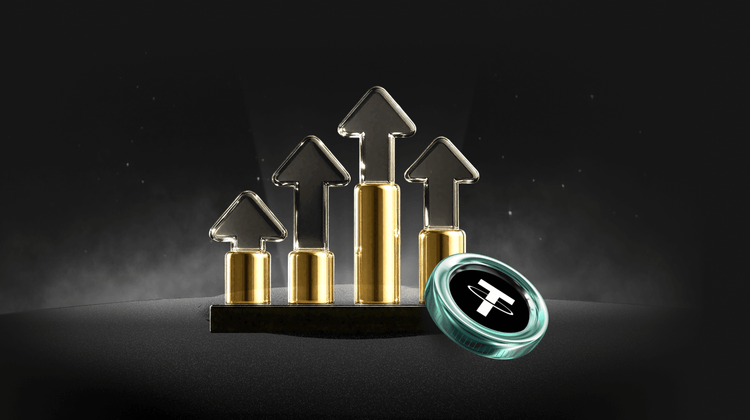
Lighter: Airdrop Successful and Token Trading Imminent
Key Takeaways: The Lighter Discord community recently announced the successful distribution of LIT tokens, marking the beginning of…

UNI Burn Arbitrage Opportunity, Ondo Tokenized Stock Liquidity Debate, What’s the Overseas Crypto Community Talking About Today?
Key Takeaways The crypto market is buzzing with multi-threaded discussions, from macro trends to specific protocols and scams.…
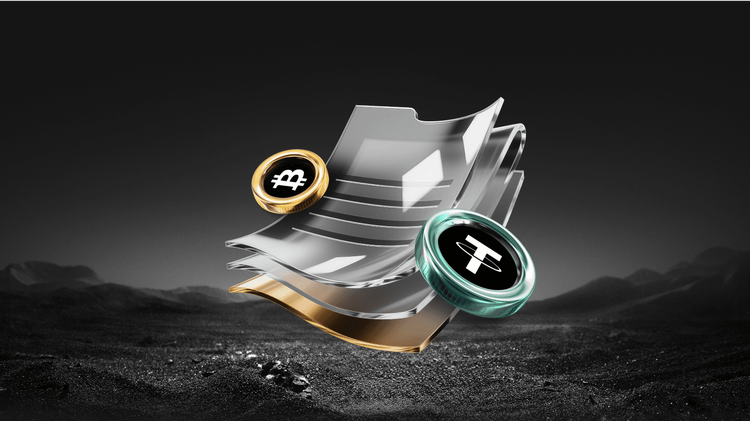
Announcement: The Fed to Release Minutes of its Monetary Policy Meeting Soon
Key Takeaways The Federal Reserve is anticipated to disclose the minutes from its latest monetary policy meeting, offering…

“Elon Musk’s Nemesis Trade” Colossal ETH Short Sparks Debate in Crypto Circles
Key Takeaways A colossal short position was secured against Ethereum (ETH) worth approximately $106 million by a single…
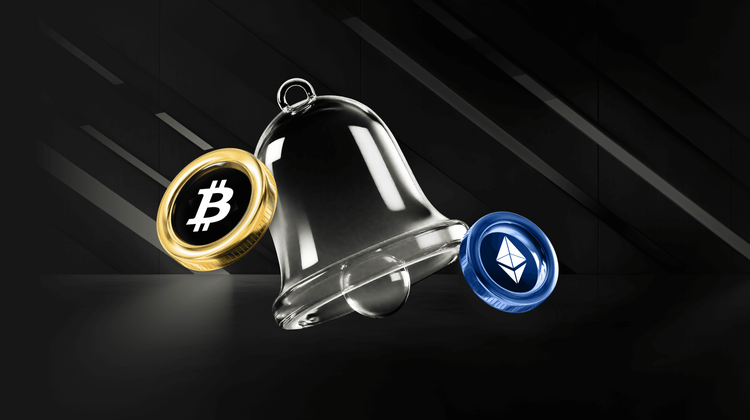
Dragonfly Partner Foresees BTC Surpassing $150K by 2026 but Market Share Decline
Key Takeaways Bitcoin is anticipated to climb over $150,000 by the end of 2026, although its market dominance…
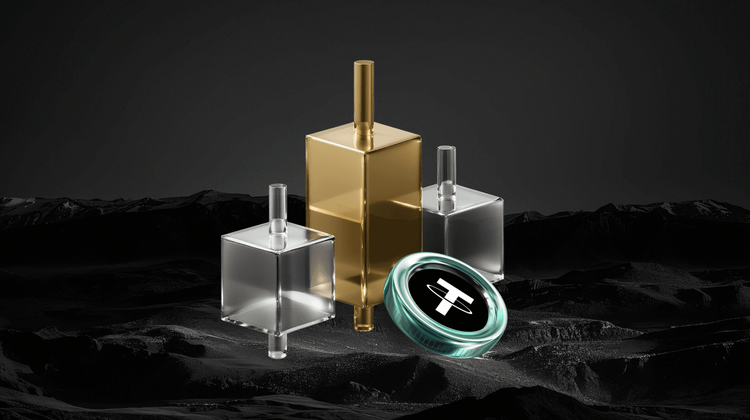
Elon Musk Liquidation Wall: Liquidates $106M Short Position, Faces $479K Loss
Key Takeaways A $106 million ETH short position was liquidated after just 15 hours, resulting in a $479,000…

Unstable Stablecoins: Understanding the Market’s Concerns and Dynamics
Key Takeaways Recent financial reports indicate concerns and instability in the stablecoin market. Circle, a leading stablecoin issuer,…

Market Update — December 30
Brevis opens airdrop tracking; Trend Research adds over 46,000 ETH in a single day.
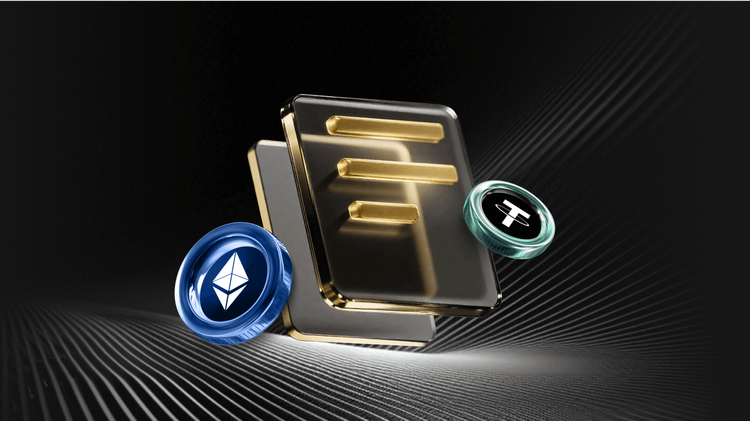
BlockBeats 2025: Enabling 15 Million People to Witness Bitcoin's New All-Time High

Ten People Redefining the Power Boundaries of Crypto in 2025
From Wall Street to the White House, from Silicon Valley to Shenzhen, a new power network is taking shape.

Bloomberg Checklist: 11 Key Trades to Understand the 2025 Global Financial Market
The Year Trump Embraced Cryptocurrency
Perpetual Contract Genesis: Pricing Liquidity with a Magic Formula, Transparency Prevents it from Reaching its Full Potential
Can't Beat the Stock Market, Can't Outdo Precious Metals, Is Crypto Really Becoming the Bull Market for "Outsiders"?
Key Market Intelligence on December 30th, how much did you miss out on?
Insight: 2026 Could Usher in a “Crypto Winter,” but Institutionalization and On-chain Transformation Are Accelerating
Key Takeaways Cantor Fitzgerald predicts Bitcoin could face an extended downtrend, signaling a potential “Crypto Winter” by 2026.…
Caixin: Digital RMB Wallet Balances to Begin Earning Interest in 2026
Key Takeaways: Starting January 1, 2026, digital RMB wallets will earn interest on balances. The operational structure will…
